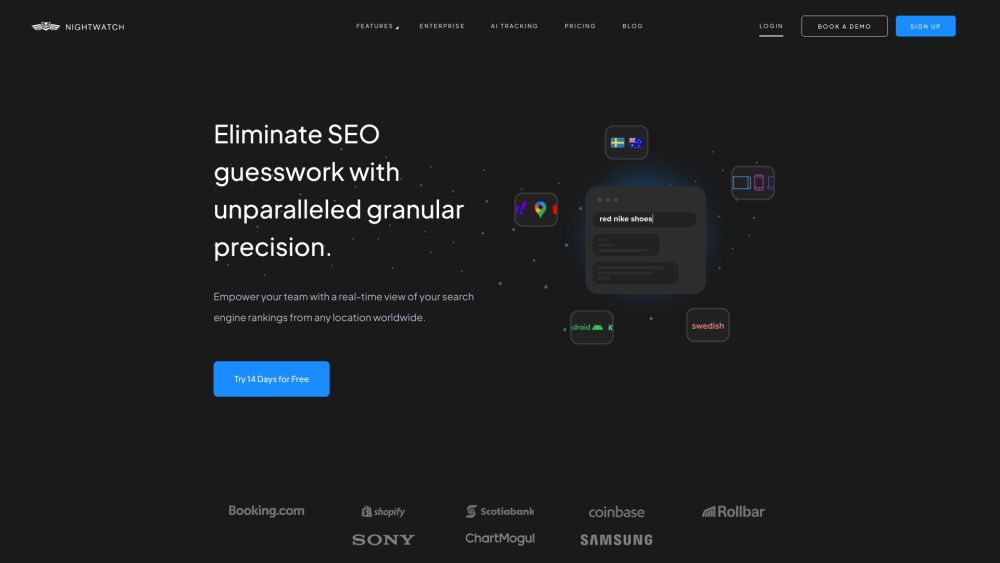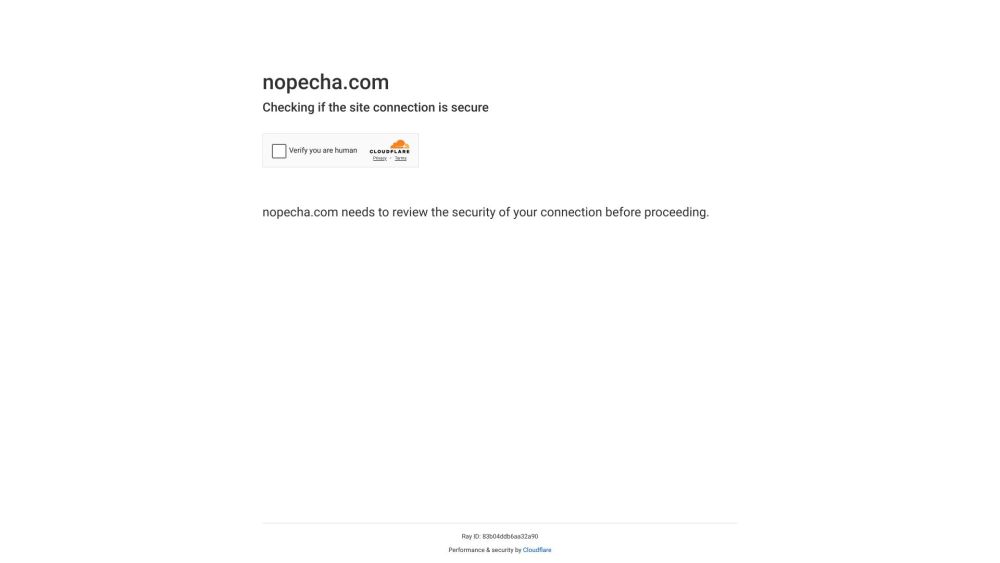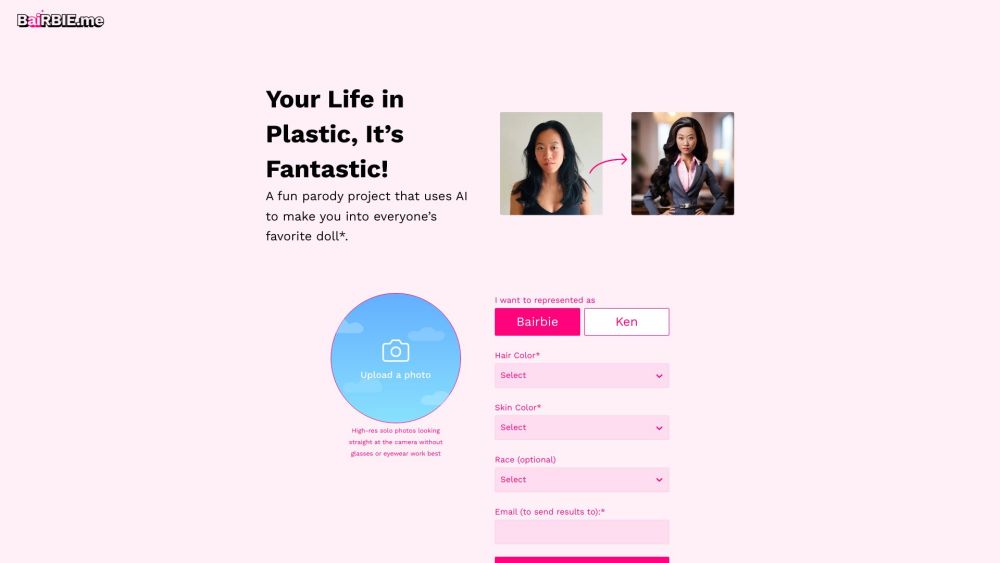At the forefront of the cloud revolution, enterprises transitioned their data from on-premise servers to the cloud. The success of industry giants like Amazon, Google, and Microsoft was partly due to their unwavering focus on security. Large-scale clients often refused to partner with any cloud provider lacking SOC2 certification.
Today, we're witnessing another significant transformation, as approximately 65% of workers report using AI daily. Large language models (LLMs), such as ChatGPT, are poised to disrupt business operations in a manner akin to how cloud computing and SaaS subscription models did before.
However, this emerging technology brings about legitimate concerns. LLMs can "hallucinate," fabricating information, misrepresenting real facts, or inadvertently retaining sensitive data inputted by uninformed users. Any industry impacted by LLMs will demand a high level of trust between service providers and B2B clients, who face the consequences of potential failures. Clients will seek transparency regarding your reputation, data integrity, security, and certifications. Providers who proactively minimize LLM variability and establish trust will thrive.
Currently, there are no regulatory bodies offering a “trustworthy” certification for AI companies to flaunt. However, here are strategies for your generative AI organization to cultivate trust with prospective customers.
Pursue Relevant Certifications and Stay Updated on Regulations
Although no specific certifications exist for data security in generative AI, obtaining related certifications can enhance your credibility. Aim for SOC2 compliance, ISO/IEC 27001 certification, and GDPR (General Data Protection Regulation) certification.
It's essential to stay informed about the varying data privacy regulations relevant to your region. For instance, Meta faced a halt on the launch of its Twitter competitor, Threads, in the EU due to concerns over its data tracking practices.
As you innovate in this fledgling space, consider playing an active role in shaping regulations. Unlike past advances from Big Tech, agencies like the FTC are rapidly investigating the safety of generative AI. While you may not be meeting with global leaders like Sam Altman, consider collaborating with local politicians to share your insights. By demonstrating your commitment to establishing proper guidelines, you're showing a genuine interest in ensuring the safety of your clients.
Establish Safety Benchmarks and Share Your Progress Openly
In the absence of official regulations, it's imperative to create your own safety benchmarks. Develop a roadmap with milestones that signify your trustworthiness, such as implementing quality assurance frameworks, achieving robust encryption standards, and conducting rigorous testing.
As you reach these milestones, promote them! Use white papers and articles to highlight your self-regulation efforts. By prioritizing safety, you solidify your credibility.
Be transparent about the LLMs or APIs you utilize to provide clients with better insight into your technology and foster trust. When feasible, consider open-sourcing your testing methodologies and results, detailing specific test cases with straightforward question-and-answer frameworks.
By sharing your processes publicly, you build trust with your users who may request to see examples during the procurement process.
Ensure Data Integrity in Your AI Solutions
Navigating liability can be intricate. Take construction firms that can delegate risk management to lawyers—this allows them to hold third parties accountable for issues. Conversely, if you offer AI solutions that significantly reduce costs compared to traditional legal advisors, the trade-off might involve taking on more liability.
In this context, integrity is key. Establish an auditable quality assurance process that potential customers can review. Clearly indicate which outputs are reliable and which are not. Allowing clients to audit test results will enhance their confidence in your product and position you as a trustworthy provider.
Additionally, AI providers should consider data integrity a critical “leave-behind” aspect. Just as traditional B2B SaaS firms address inquiries about security and pricing with brochures, AI companies must illuminate data integrity. Clearly articulate how you mitigate risks of “hallucination,” bias, and edge cases, ensuring quality assurance backs these assertions.
Rigorous Testing to Reduce Error Rates
While it’s improbable to guarantee that LLMs will never err, your focus should be on minimizing error rates. AI solutions targeting specific industries can benefit from tighter feedback loops and consistent preliminary usage data, enabling error reduction over time.
Different industries have varying tolerance levels for error—consider the difference between caricature generators and coding applications. Ultimately, what matters is that clients trust your product’s error rate, recognizing it with a clear understanding of its limitations. Instead of asking for a blanket accuracy percentage, potential buyers may inquire:
- “What’s your F1 score?”
- “What errors did you prioritize during development, and why?”
- “In a balanced dataset, what would your data labeling error rate be?”
These questions will reveal the depth of your commitment to iterative improvement.
Though the market currently lacks regulations, customers are not naive when evaluating your AI offerings. Discerning clients will seek evidence that your products meet acceptable error rates and respect robust safeguards. Those who fail to demonstrate this commitment will likely fall behind.




